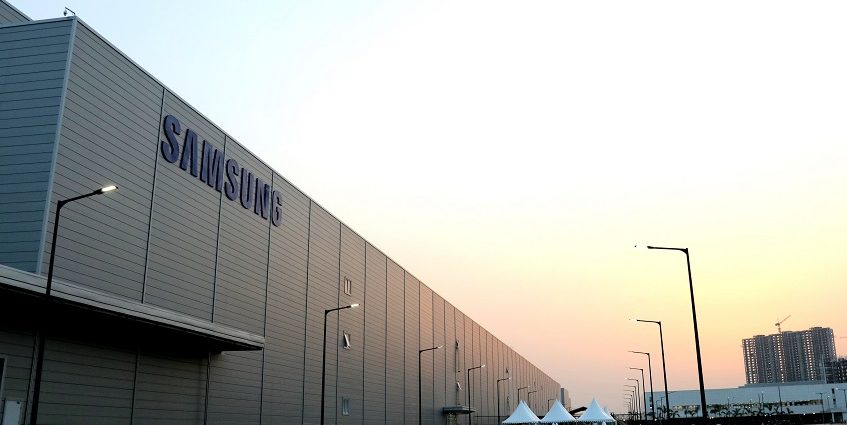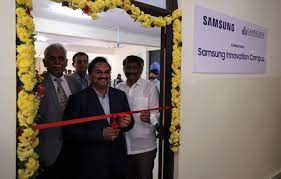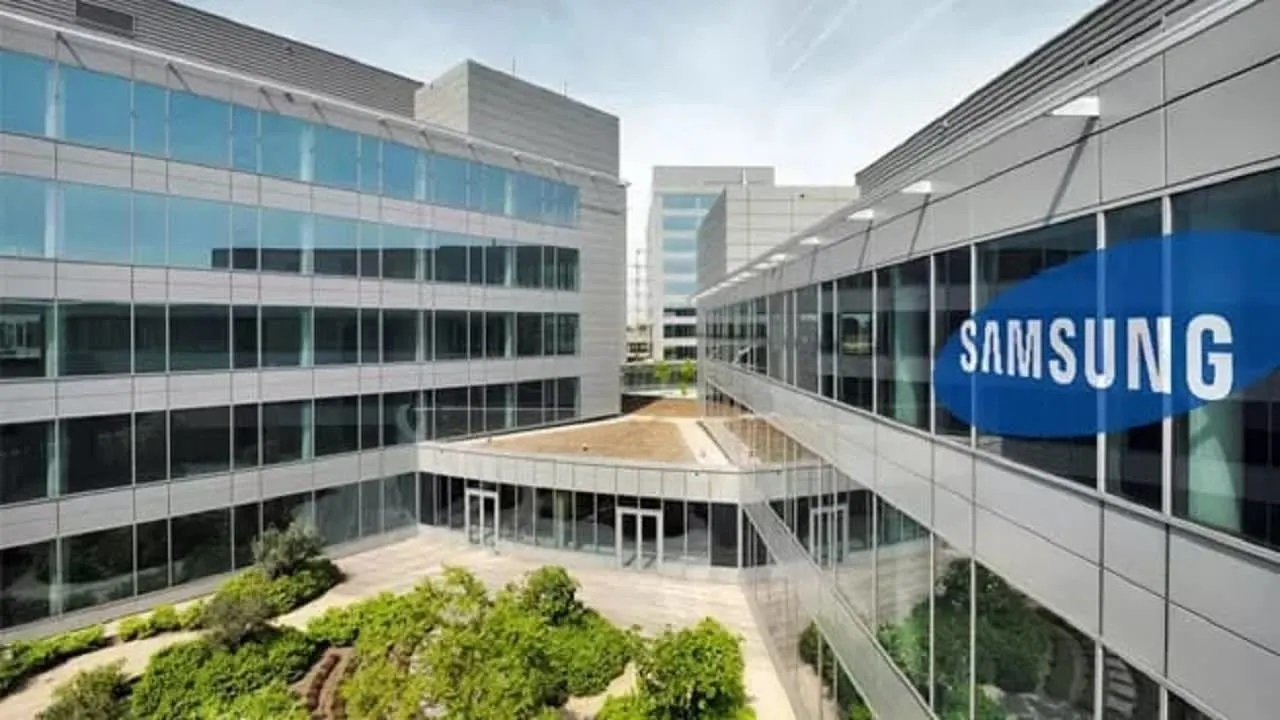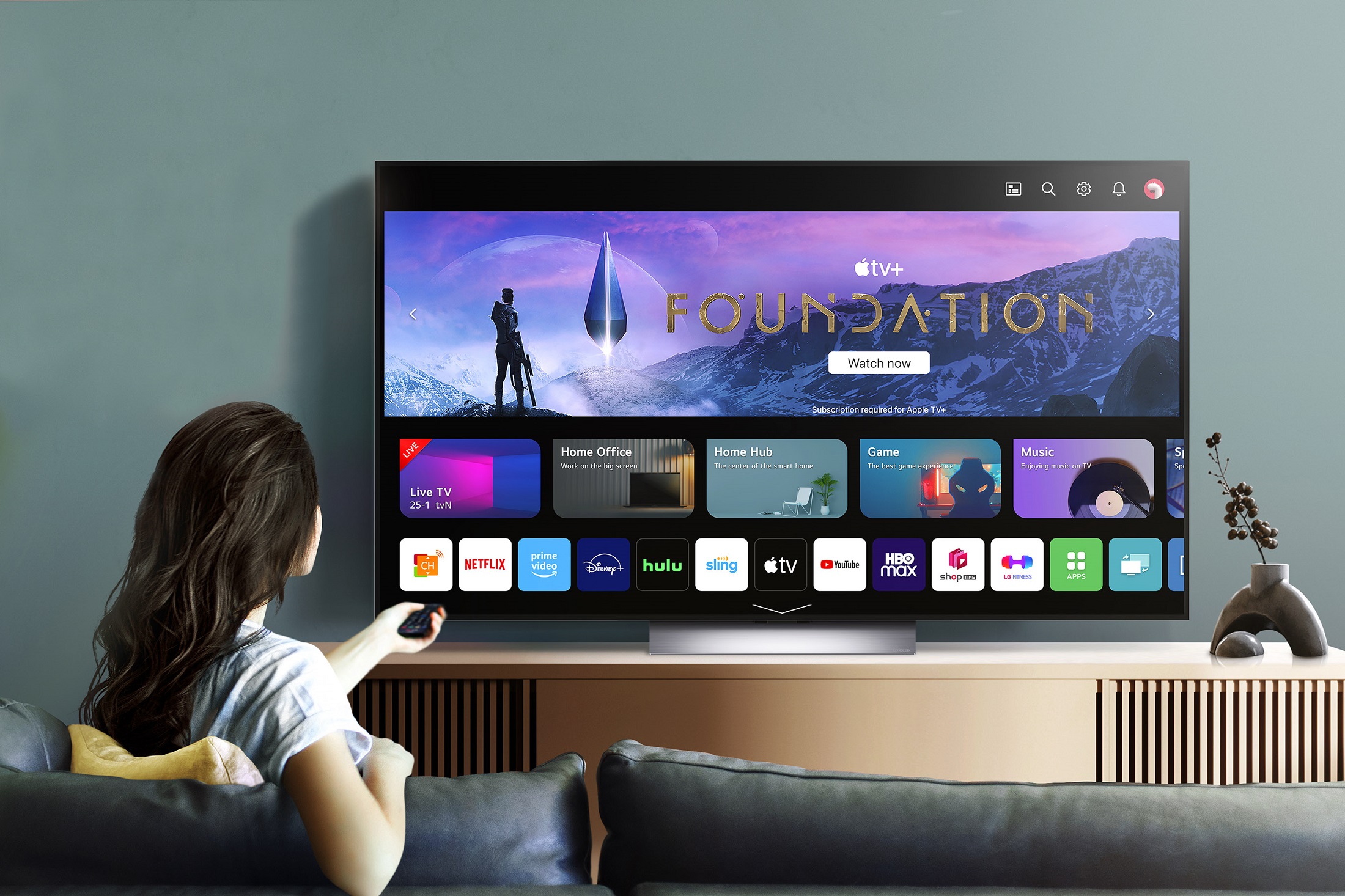As stated by Samsung R&D Institute India-Bengaluru MD Dipesh Shah on Thursday, Samsung has a “extremely high” and “will continue to grow” commitment to the R&D capabilities and talent in India. An estimated 700 engineers from Samsung’s R&D Institute in India’s Silicon Valley suburb of Bengaluru (SRI-B) worked with the company’s other research facilities around the world to develop the Galaxy S23 series of smartphones.
“Over the course of many years, Indian software engineers have collaborated with R&D centres around the world to develop critically important products. To this end, we have placed a significant emphasis on R&D in India “During a press briefing, Shah highlighted the role that SRI-B engineers played in the development of Galaxy S23.
“We have research and development facilities for mobiles, smartphones, televisions, and home appliances in both Noida and Delhi. …in Bengaluru, where we maintain a research and development centre for semiconductors. Accordingly, India places a high priority on research and development and plans to increase its spending in this area “…he made the following remark.
Also Read: Samsung Responds to Mounting Complaints About Galaxy S23 Ultra Screen Defect
Samsung has multiple R&D facilities around the world that work together to develop the company’s products.

Reach for the stars SRI-B focuses on creating product engineering software for Samsung’s device experience division. Approximately 25 such hubs exist around the world, with their members working together to produce an array of goods. Platform software collaborations can take up to four years, while product-related software can take anywhere from eighteen months to three years.
“Longer duration projects are done on the platform level,” says Shah. “Then, when a particular product is being launched, we [try to] understand what consumer segment would be attracted and need this product, and what experiences these consumers would need as part of that product.”
With the Galaxy S23, bettering the camera was a top priority. According to Shah, the SRI-B team has extensive knowledge in Visual Intelligence and depth estimation, which, when combined with the phones’ robust custom-designed hardware, allows for dramatically improved photo quality in a broader range of lighting conditions than was previously possible. In addition, the Galaxy S23 phones are equipped with a feature known as astrophotography, allowing users to capture images of the moon and stars.
Also Read: Review of the Samsung Galaxy S23 and S23 Plus: The Battery Life
They worked on features like the phones’ Photo Remaster and Object Eraser, as well as the AI-Interactive Contour Segmentation tool, which lets users draw around an object in a photo to select and convert it to objects and stickers that can be inserted into another image.
India excels in artificial intelligence (AI) due to the low barrier to entry in the field. “We have a seed lab in multiple universities in India where engineers are learning how to collect and how to use data for AI,” says Shah. “A lot of AI is open source, and there are a lot of open data models, so people can learn without having any disadvantage compared to their counterparts sitting in Silicon Valley.”
Also Read: How Samsung’s New ‘Message Guard’ Prevents ‘Zero-Click’ Attacks
Don’t lose your cool and bust through walls.

The personalization, productivity, and automation features of the Galaxy S23 smartphones are heavily reliant on the device’s own intelligence. The “made for Galaxy” Qualcomm Snapdragon 8 Gen 2 chip inside these phones is powered by a neural processing unit (NPU) that is 40 percent better than its predecessors, which should result in faster and more secure experiences all the way from taking high-quality photos to sharing them privately, when necessary.
It is not enough for consumers to have just one device anymore, says Shah. Users are always switching between their tablet, laptop, wireless earbuds, and phone, making it crucial to cater to their needs across all of these devices. Even though Samsung’s voice assistant Bixby wasn’t given much of a spotlight at the launch of the Galaxy S23 series, it appears to have significant usage in India compared to other markets.
Until the “right time comes” to build those consumer experiences, “we are going to continue to strengthen Indian English for Bixby,” says Shah.
The central idea, according to Shah, is that as more devices enter your life, you shouldn’t change your habits to fit the devices’ preferences. The technology you use should learn from your preferences and provide an effortless, coordinated experience across all of your devices.
Samsung’s internal name for this technology is “CALM,” and there is a large team in Bangalore dedicated to making it possible for users to have seamless multi-device experiences across both private and public networked devices in the home.
Also Read: Samsung Unpacked Recap: From Galaxy S23 to Galaxy Book 3 Ultra, Everything Announced









